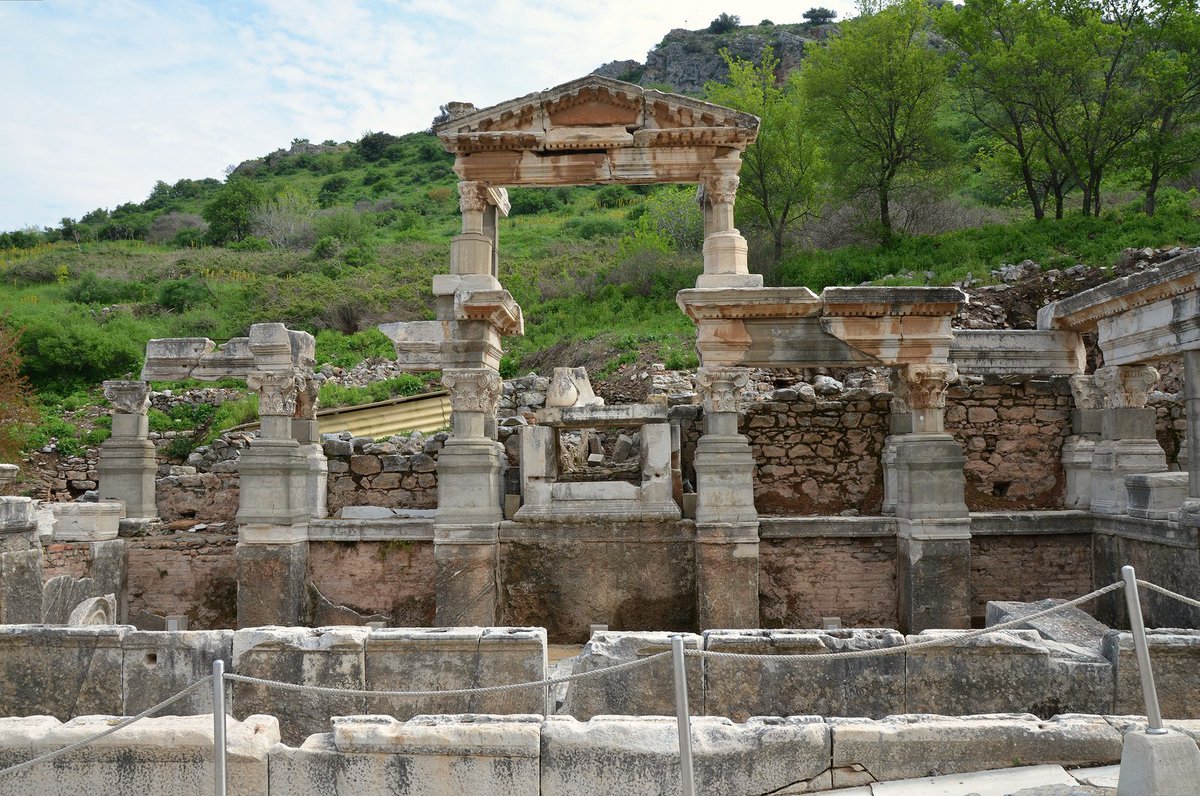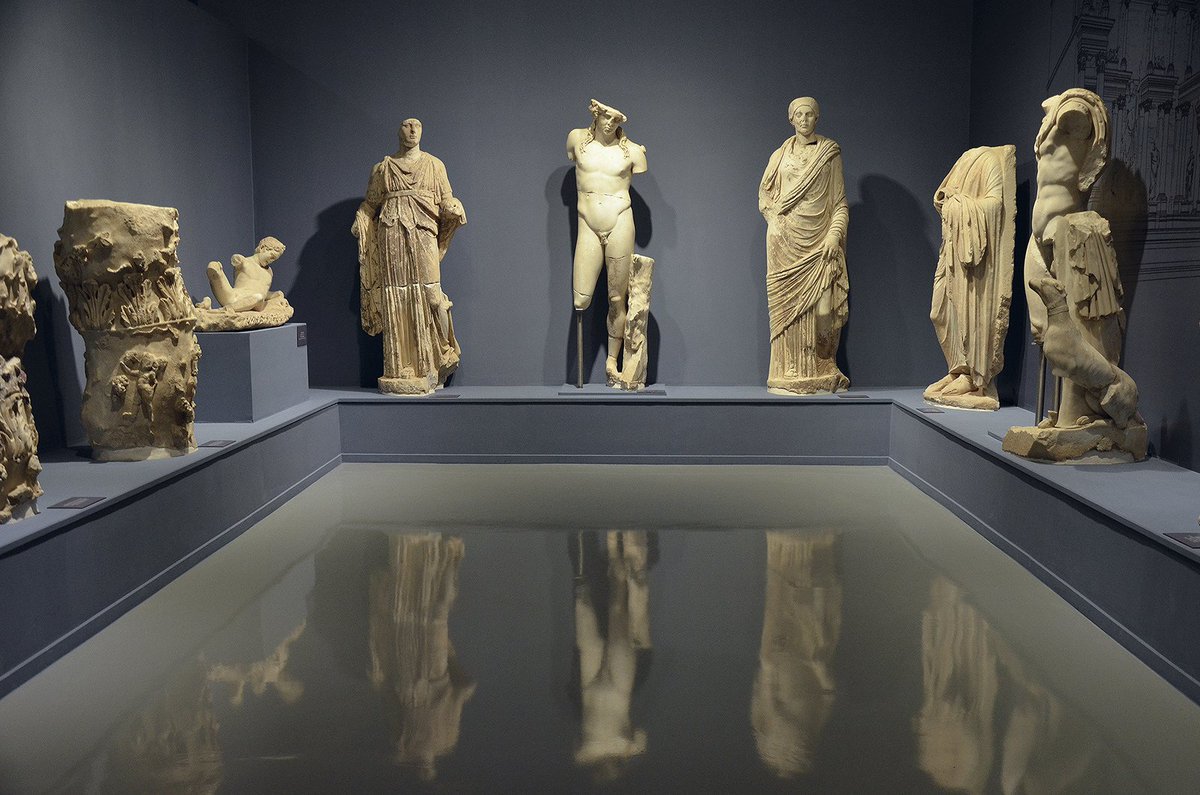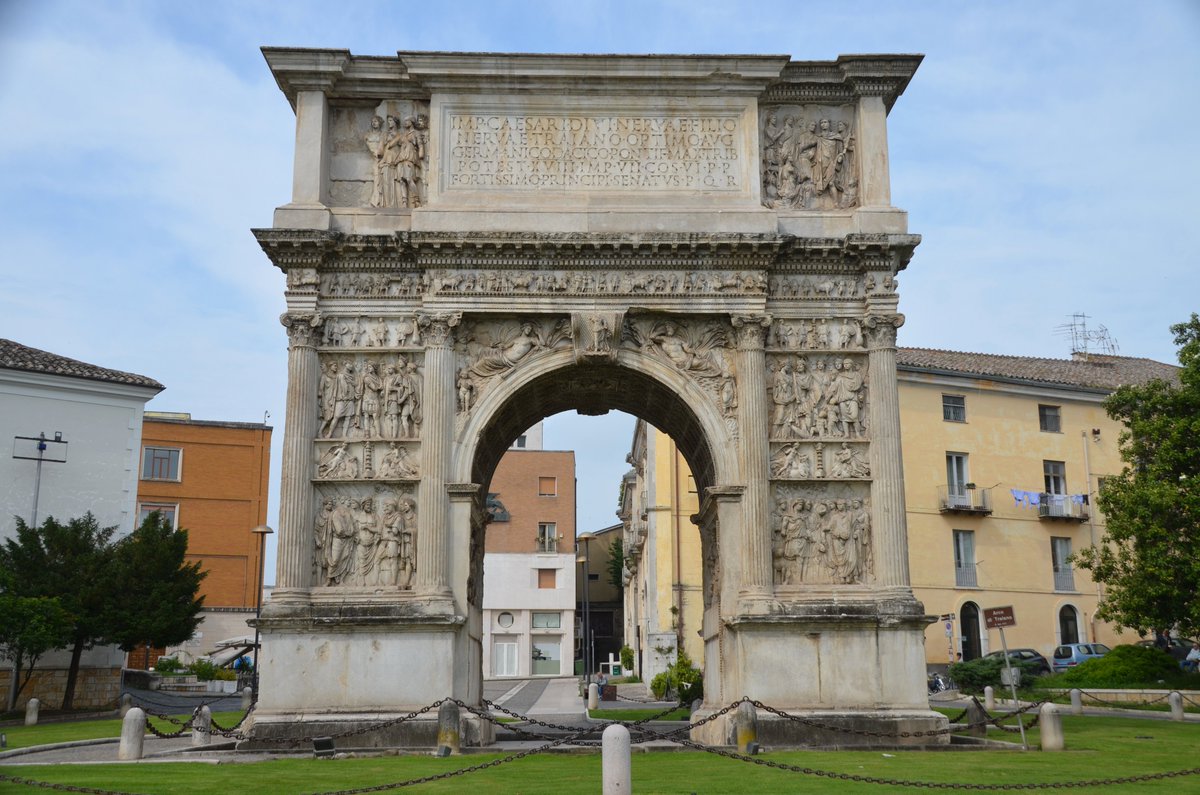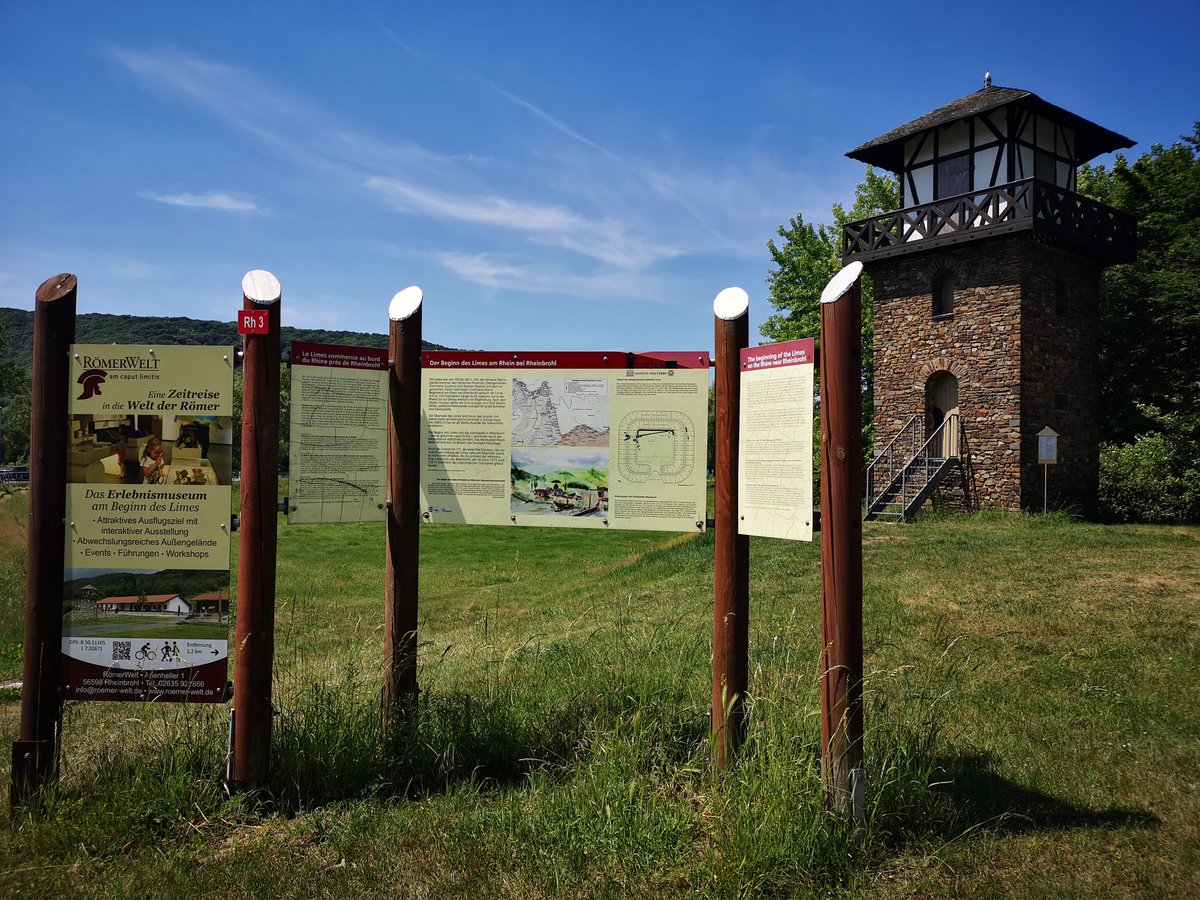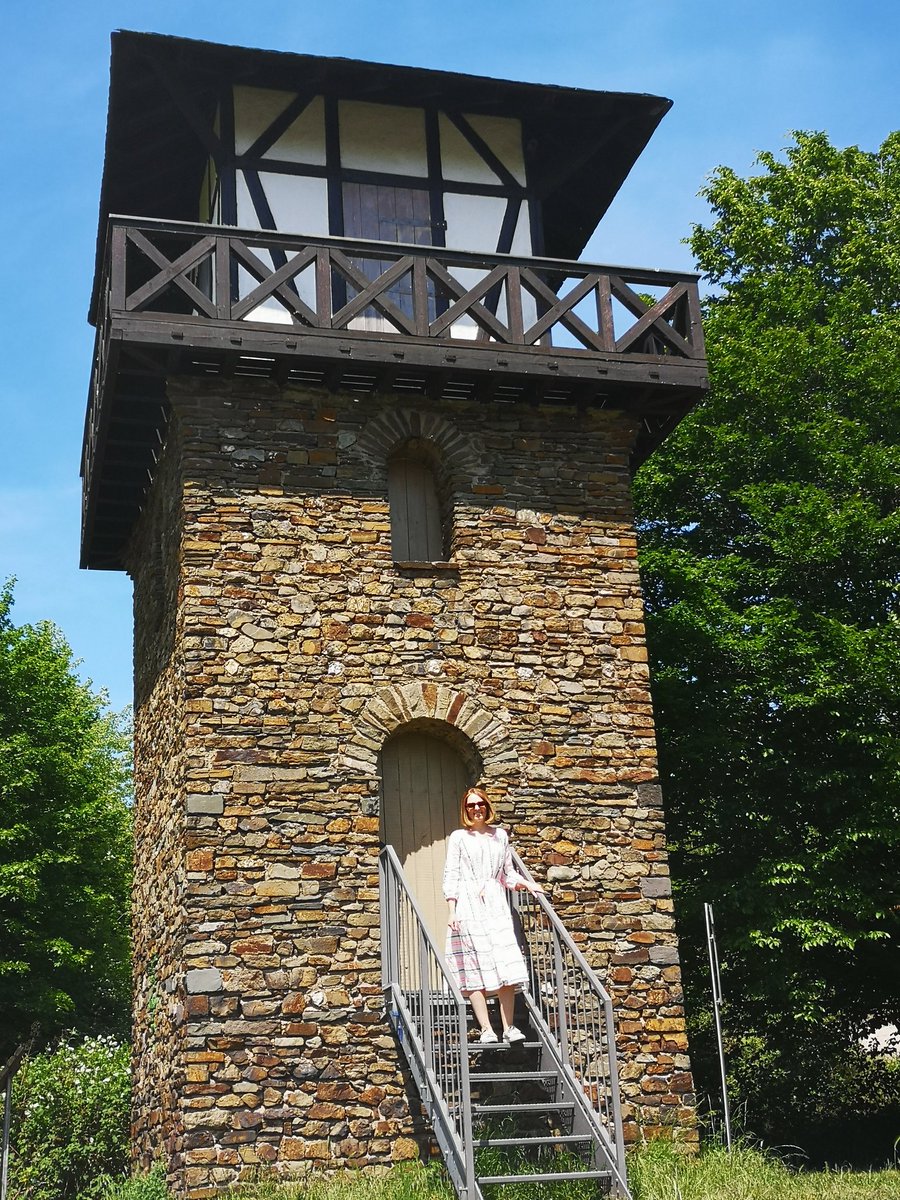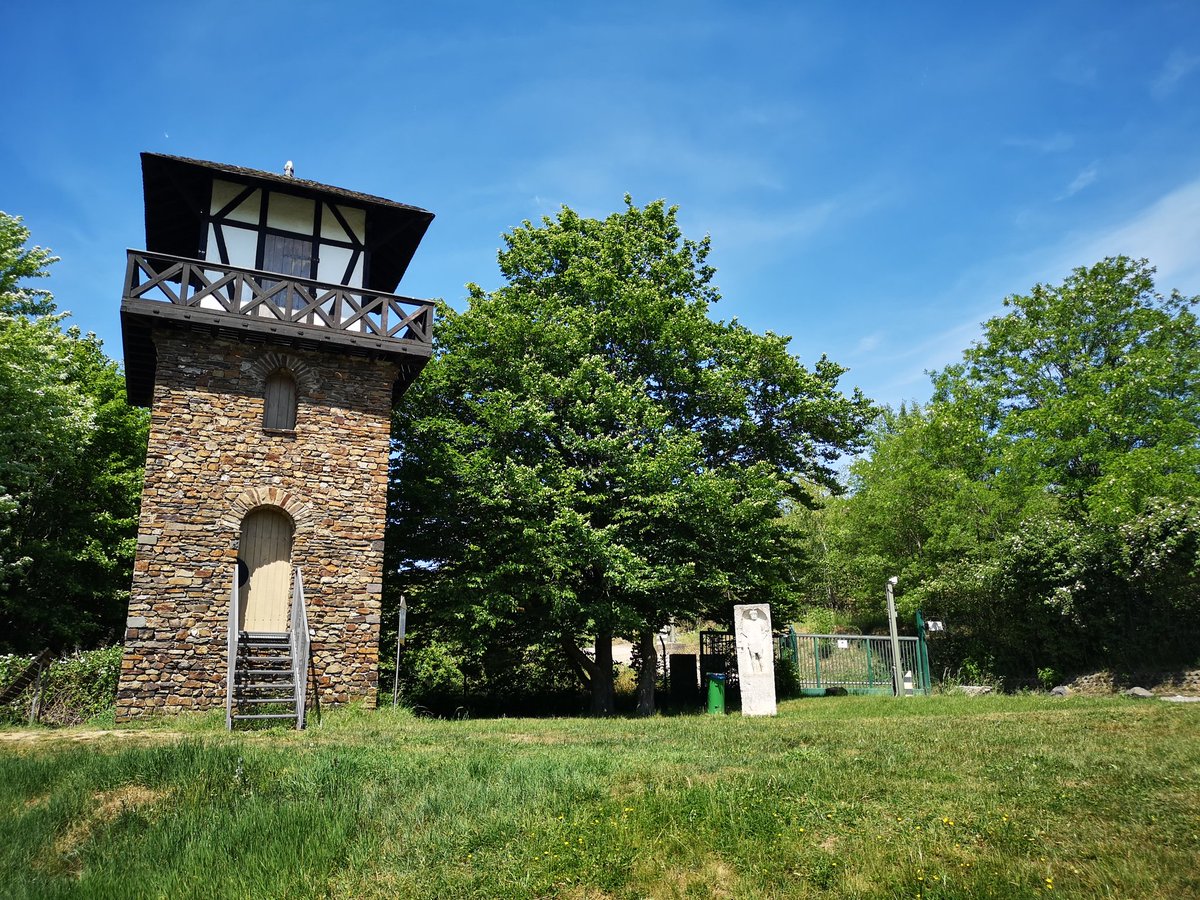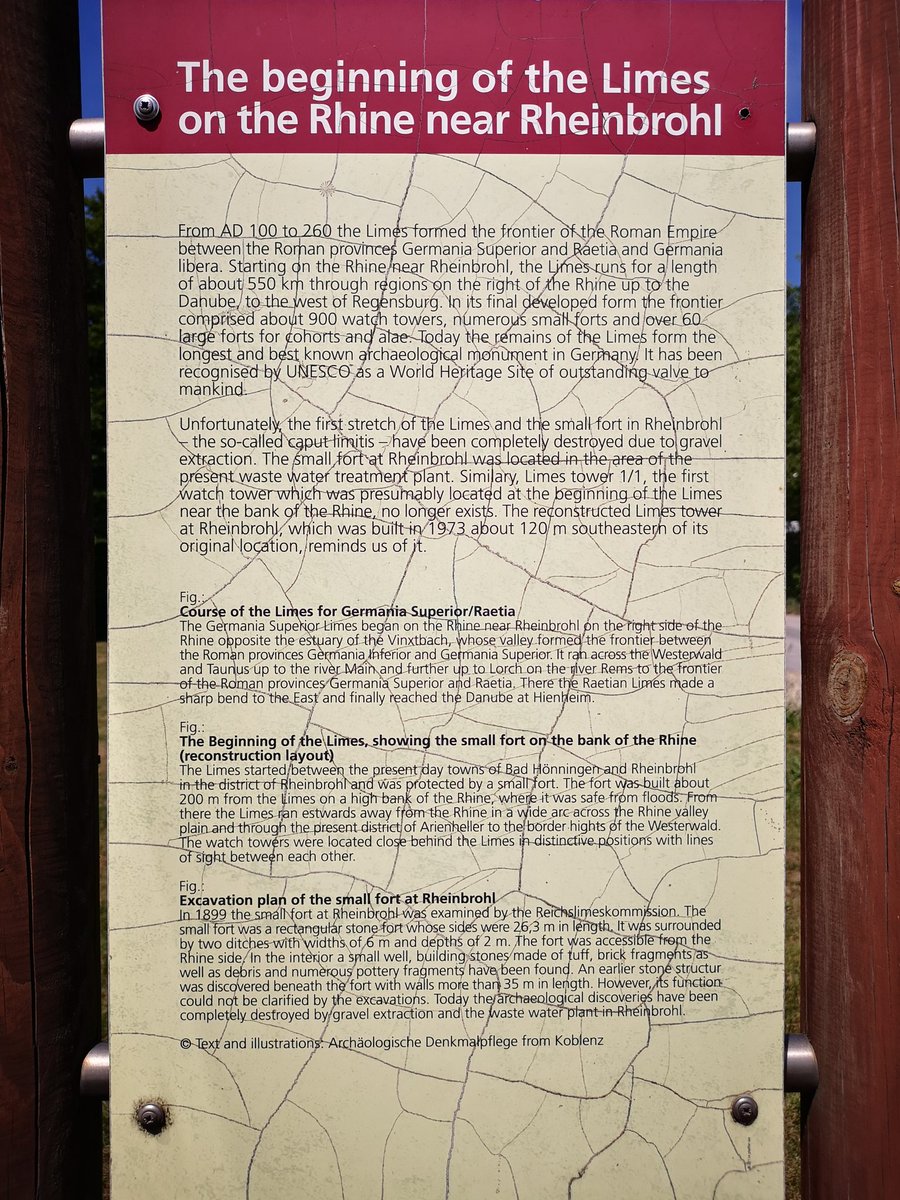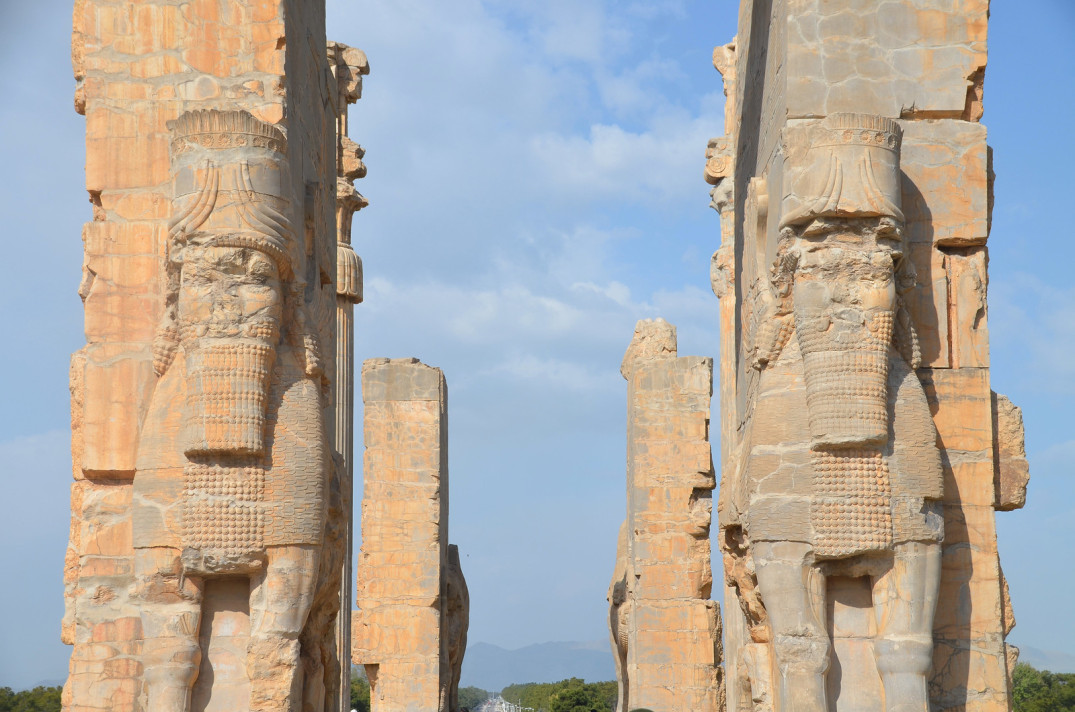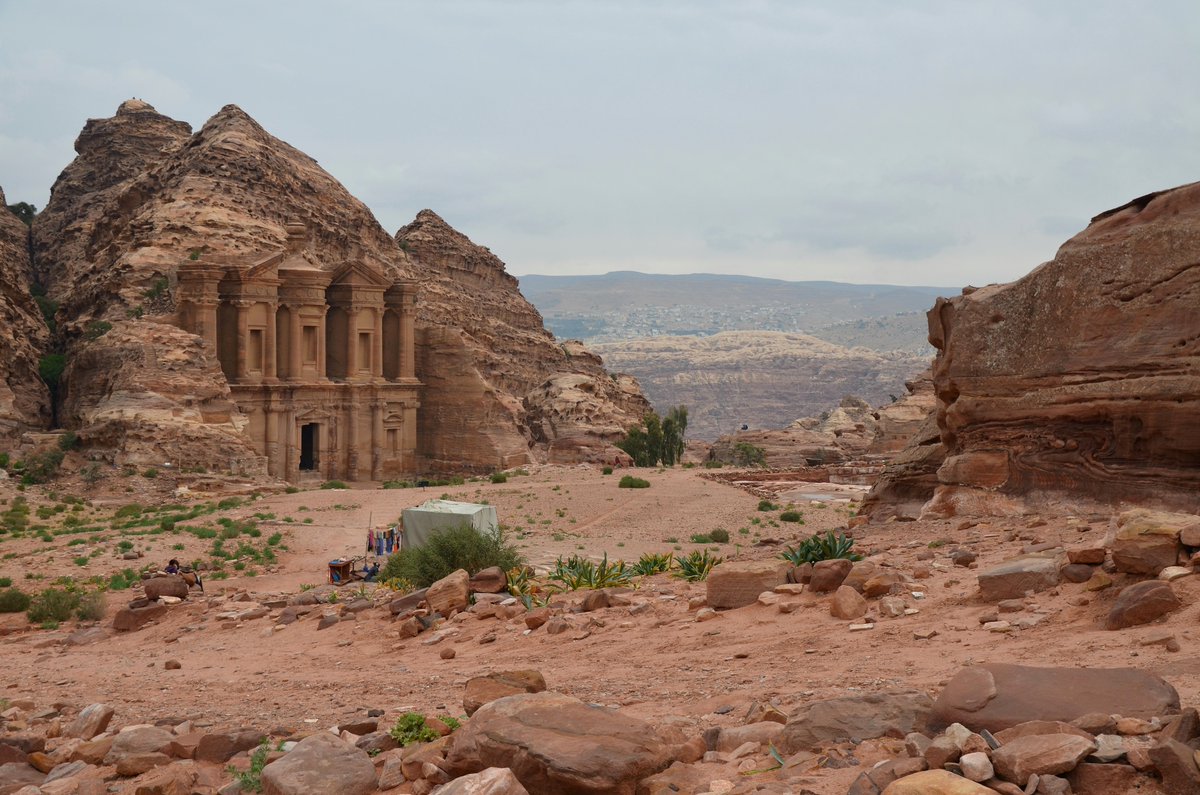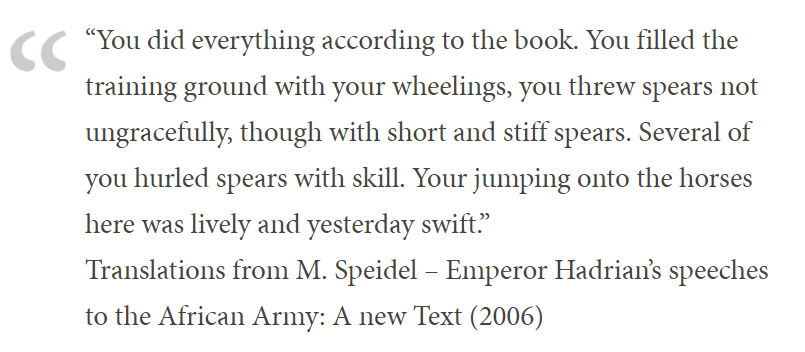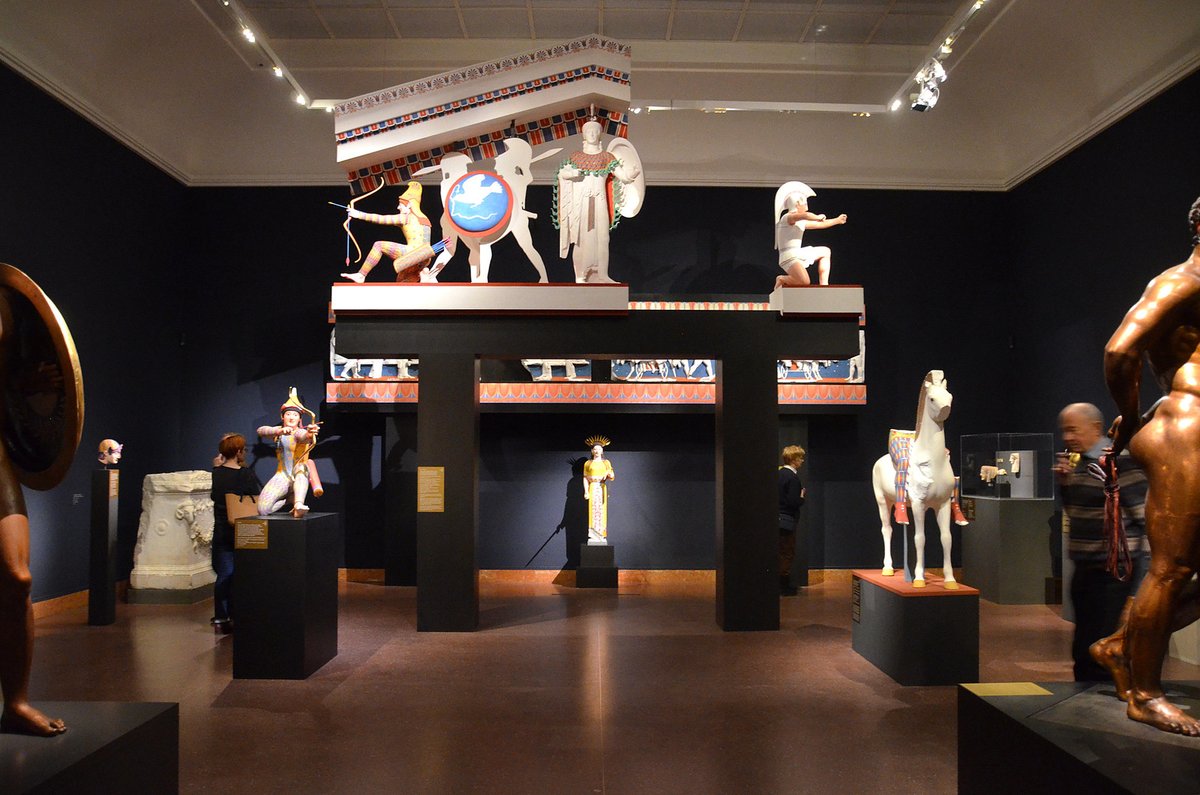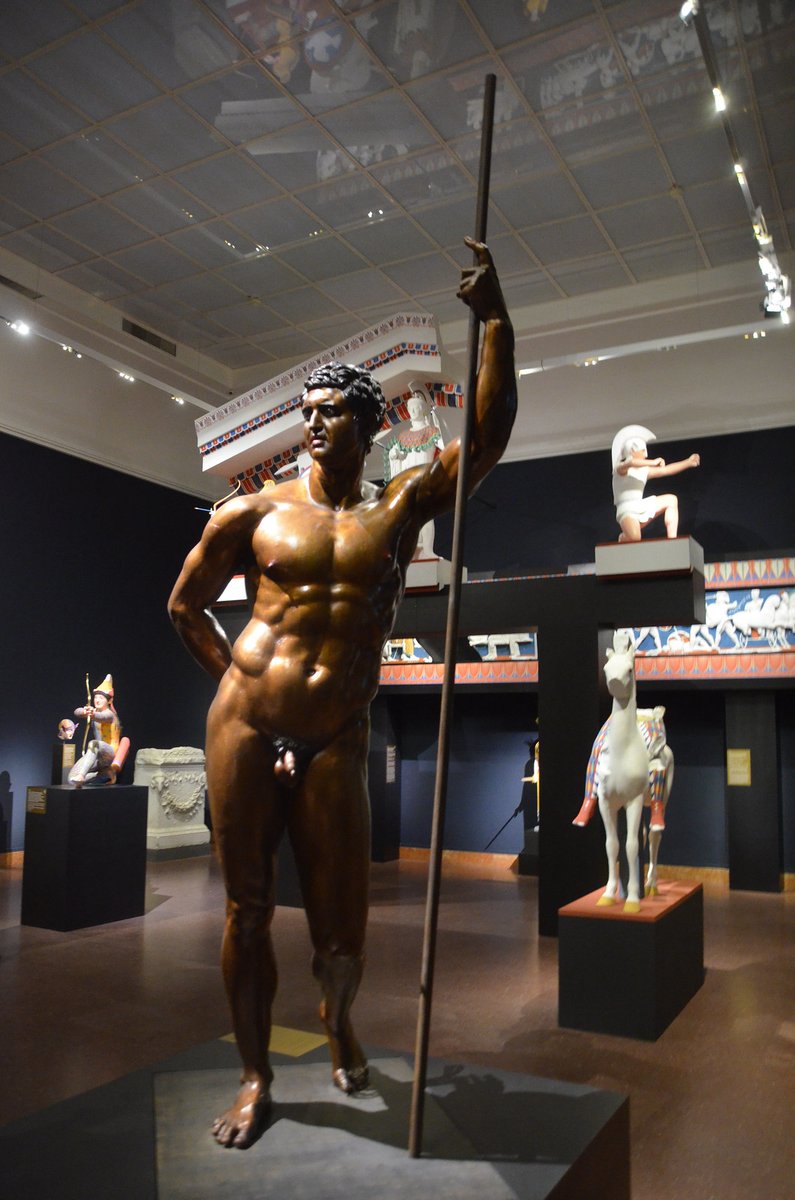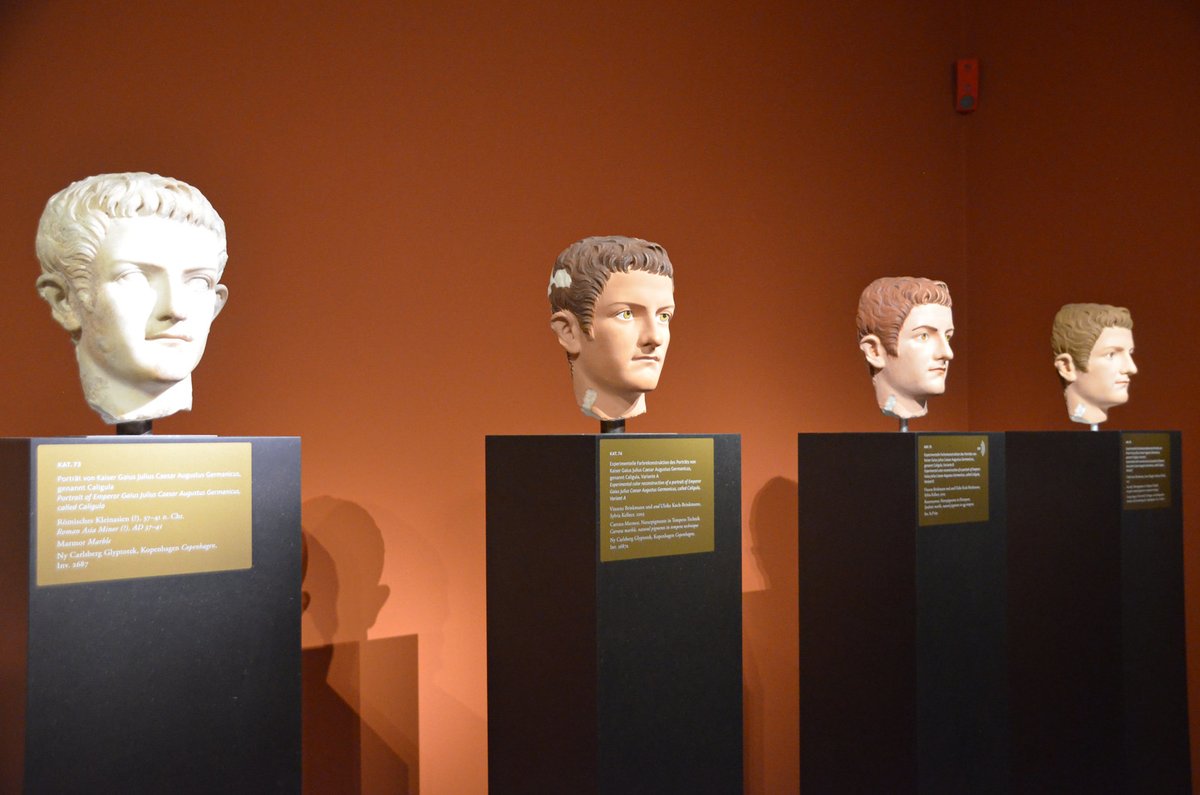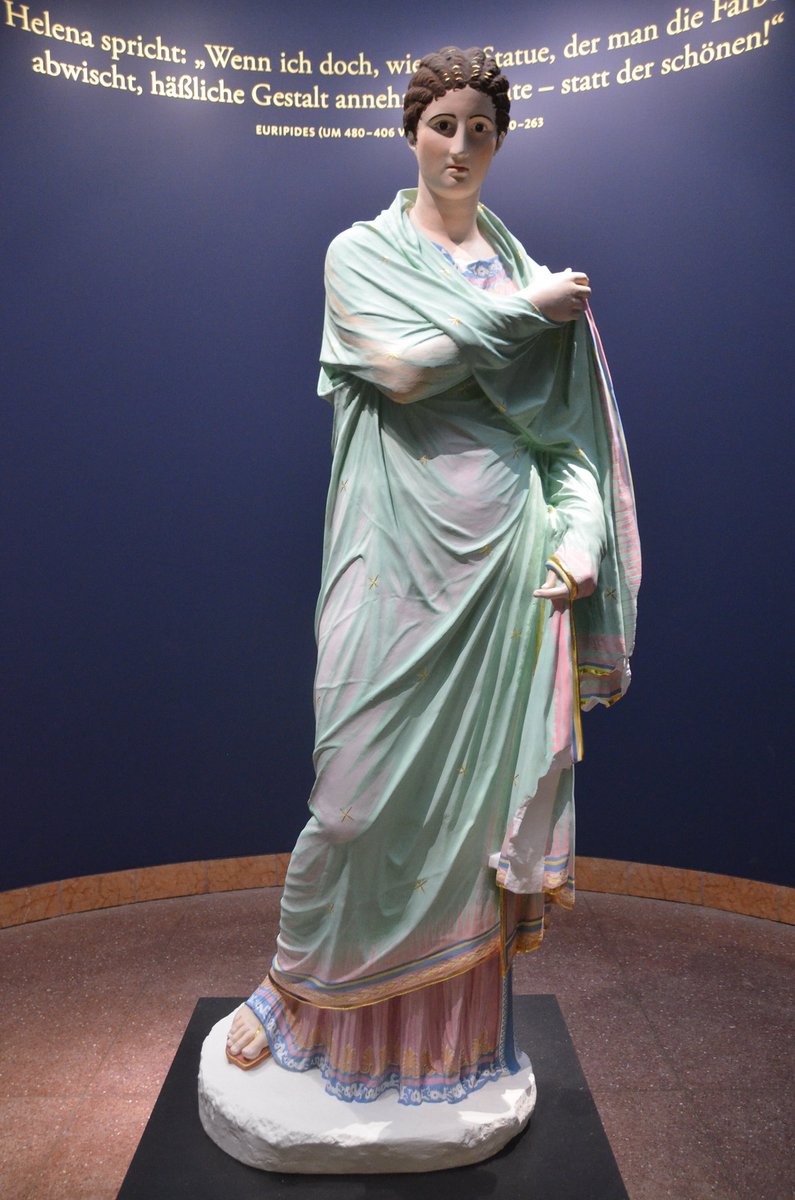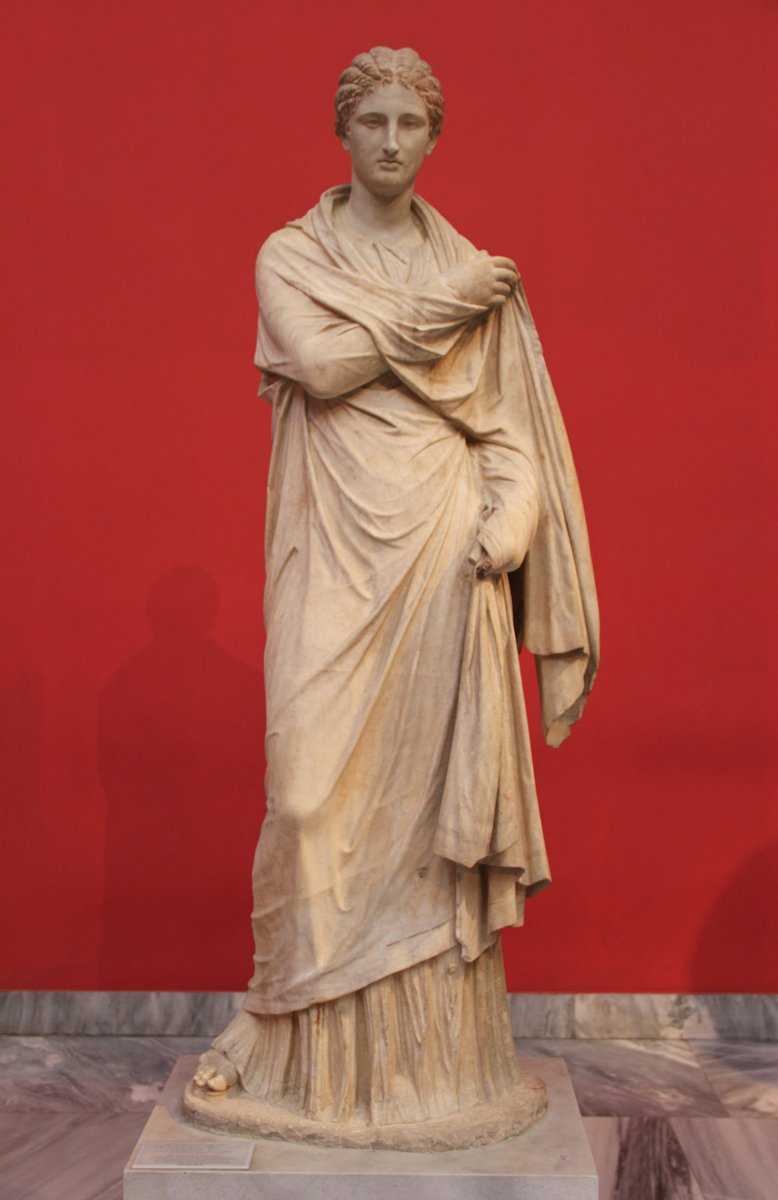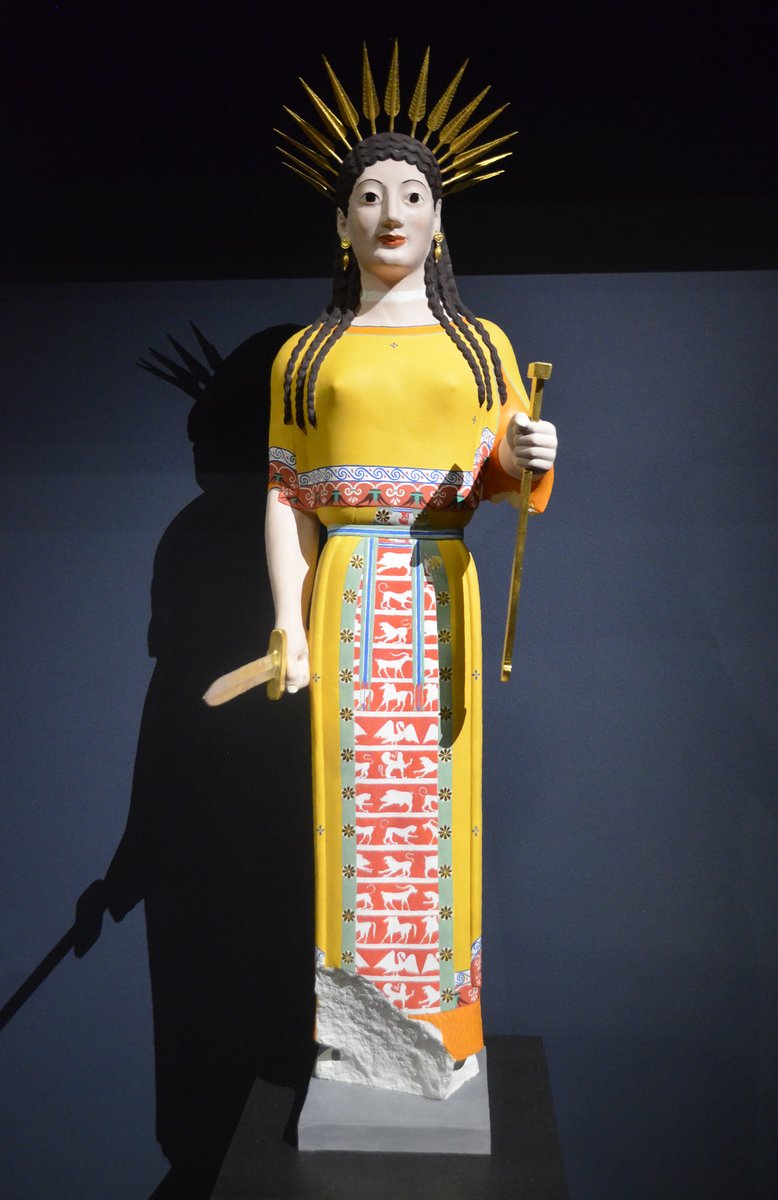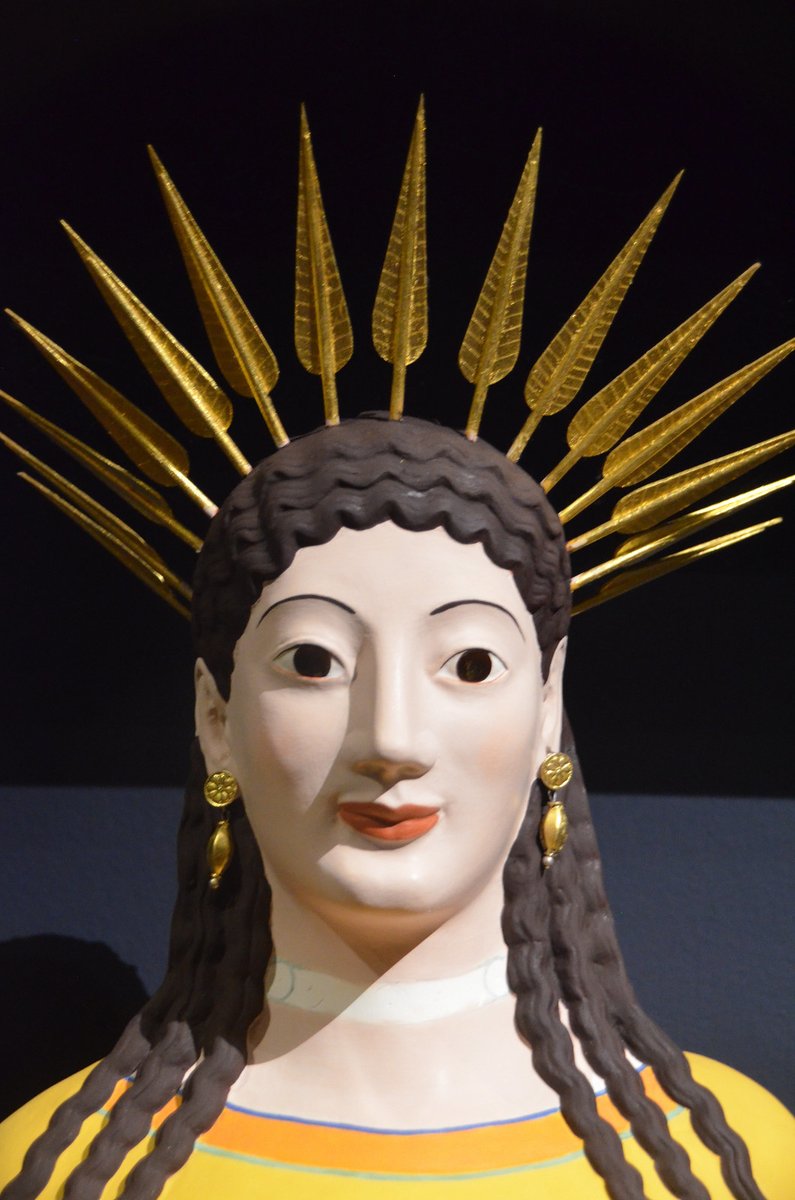
Happy birthday to Antinous, born #onthisday in a rural locality called Mantineion just outside Claudiopolis in Bithynia (today’s Bolu, Turkey). 🎉🎂🎊 

We know about Antinous' birthday thanks to a valuable inscription discovered in Lanuvium where the 'dies natalis Antinoi', the birthday of Antinous, was celebrated on 27 November (Ante diem V Kalendas Decembres).
Read more ➡️ followinghadrian.com/2016/11/27/the…

Read more ➡️ followinghadrian.com/2016/11/27/the…


Architectural fragments said to come from a temple Hadrian dedicated to Antinous at Claudiopolis where his lover was born. The temple was located above the stadium where the Sacred Games of Antinous took place. An inscription found in the stadium names Hadrian as the builder. 



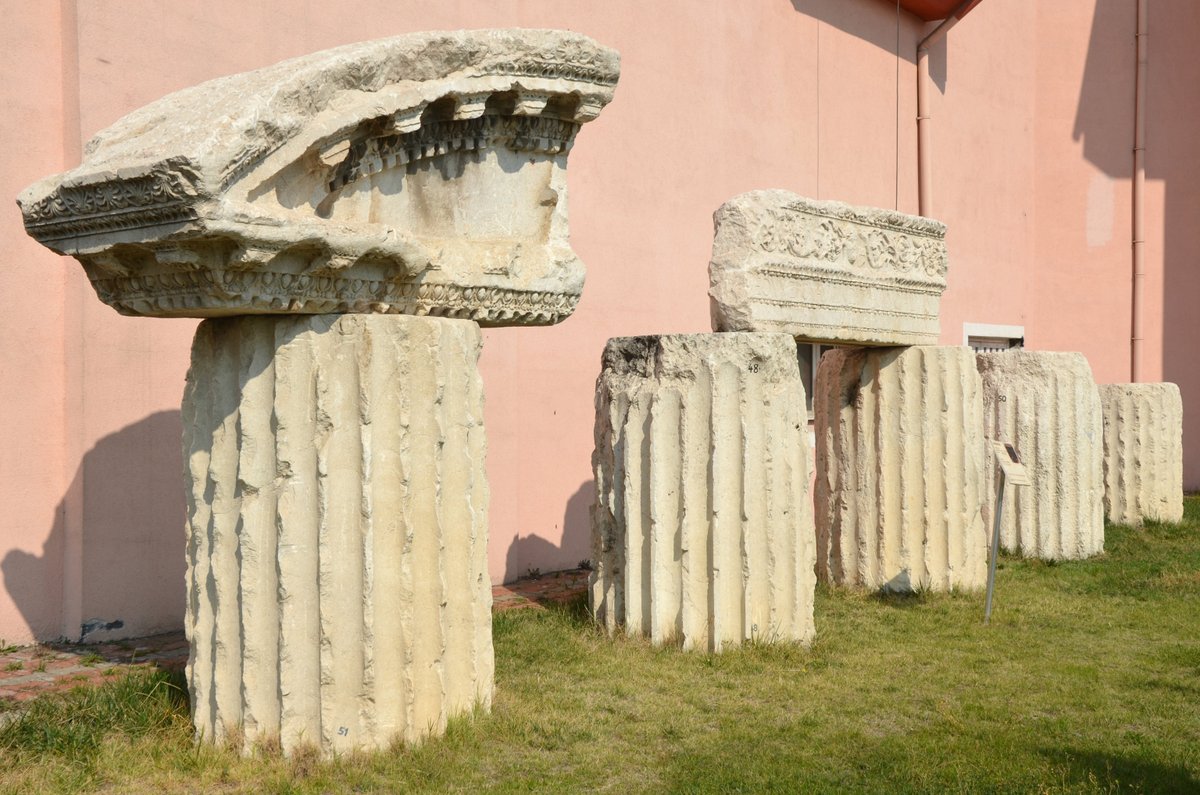



Soon after Antinous's death in AD 130, an authorised portrait of the boy was created at Hadrian's court by a master sculptor. More than 85 statues, busts and heads of Antinous survive.
53 of these Antinous images can be seen on my blog.
followinghadrian.com/portraits-of-a…
53 of these Antinous images can be seen on my blog.
followinghadrian.com/portraits-of-a…
Bust of Antinous from Syria, after AD 130. This is the only portrait of Antinous that carries a dedication.
To Hero Antinous
M. Loukkios Phlakkos
This bust is the centrepiece of the 'Antinous: boy made god' exhibition currently being held at the Ashmolean Museum, Oxford.


To Hero Antinous
M. Loukkios Phlakkos
This bust is the centrepiece of the 'Antinous: boy made god' exhibition currently being held at the Ashmolean Museum, Oxford.



Marble statue of Antinous as Dionysus. Found ca. 1700 in the Garden of the now-demolished Villa Casali in Rome.
Ny Carlsberg Glyptotek in Copenhagen.

Ny Carlsberg Glyptotek in Copenhagen.


Egyptianizing depictions of Antinous.
These portraits represent Antinous in the form of the Egyptian god Osiris, wearing a pharaonic headdress and loincloth.
Antinous perished in the Nile in AD 130 on or about the celebration of the birth of Osiris which fell on 24 October.



These portraits represent Antinous in the form of the Egyptian god Osiris, wearing a pharaonic headdress and loincloth.
Antinous perished in the Nile in AD 130 on or about the celebration of the birth of Osiris which fell on 24 October.




• • •
Missing some Tweet in this thread? You can try to
force a refresh

